Tibet is a region known for its unique cultural and natural attractions. Located in the heart of the Himalayas, it is surrounded by astonishing mountain ranges, pristine lakes, and vast grasslands. The region is also home to a rich and vibrant Tibetan culture that dates back thousands of years.
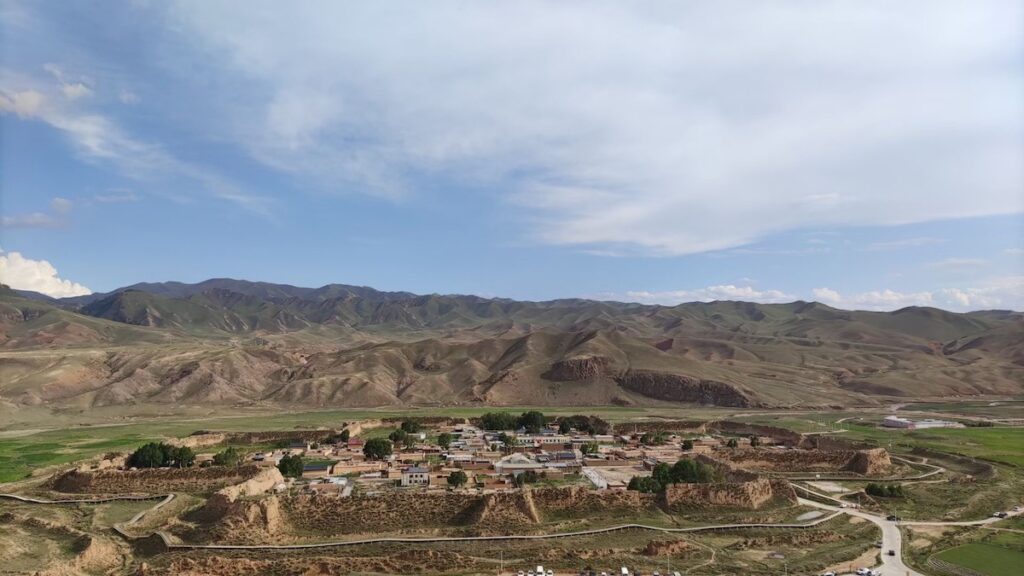
Overview of Tibet’s unique cultural and Natural Attractions
One of the most iconic attractions in Tibet is the Potala Palace, a UNESCO World Heritage Site. This majestic palace was once the winter residence of the Dalai Lama and is a symbol of Tibetan Buddhism. Its towering white and red walls, intricate murals, and golden roofs are truly awe-inspiring.
Another must-visit destination in Tibet is Mount Everest, the highest peak in the world. Many travelers come to Tibet to see this majestic mountain up close and even attempt to climb it. The base camp offers stunning views of the surrounding Himalayan peaks and is a popular spot for trekking and hiking.
Tibet is also home to numerous monasteries and temples, which are an integral part of Tibetan Buddhist culture. The Jokhang Temple in Lhasa is one of the most important pilgrimage sites in Tibet and attracts thousands of Buddhist devotees every year. The Sera Monastery is another popular attraction, known for its daily debates among monks.

In addition to its cultural attractions, Tibet also boasts stunning natural landscapes. Namtso Lake, one of the highest lakes in the world, is known for its crystal-clear turquoise waters and surrounding snow-capped mountains. The Yamdrok Lake is another beautiful lake that offers breathtaking views and is often considered a sacred site by Tibetans.
Overall, Tibet offers a unique blend of cultural and natural attractions that make it a truly captivating destination. From its ancient monasteries and temples to its stunning mountain peaks and pristine lakes, there is something for every traveler to explore and discover in this enchanting region.
Preparing for the trip to Tibet
When preparing for a trip to Tibet, there are several important factors to consider to ensure a smooth and enjoyable experience. First and foremost, it is crucial to obtain the necessary permits and visas required for entry into Tibet. Travelers must have a Tibet Travel Permit, which is issued by the Tibet Tourism Bureau, in addition to a Chinese Visa. It is advisable to work with a reputable travel agency that specializes in organizing trips to Tibet, as they can assist with obtaining the necessary permits and visas.
Additionally, researching and planning the itinerary is essential to make the most of the trip. Tibet is a vast and diverse region with numerous attractions, such as the Potala Palace, Mount Everest, and Lake Namtso.
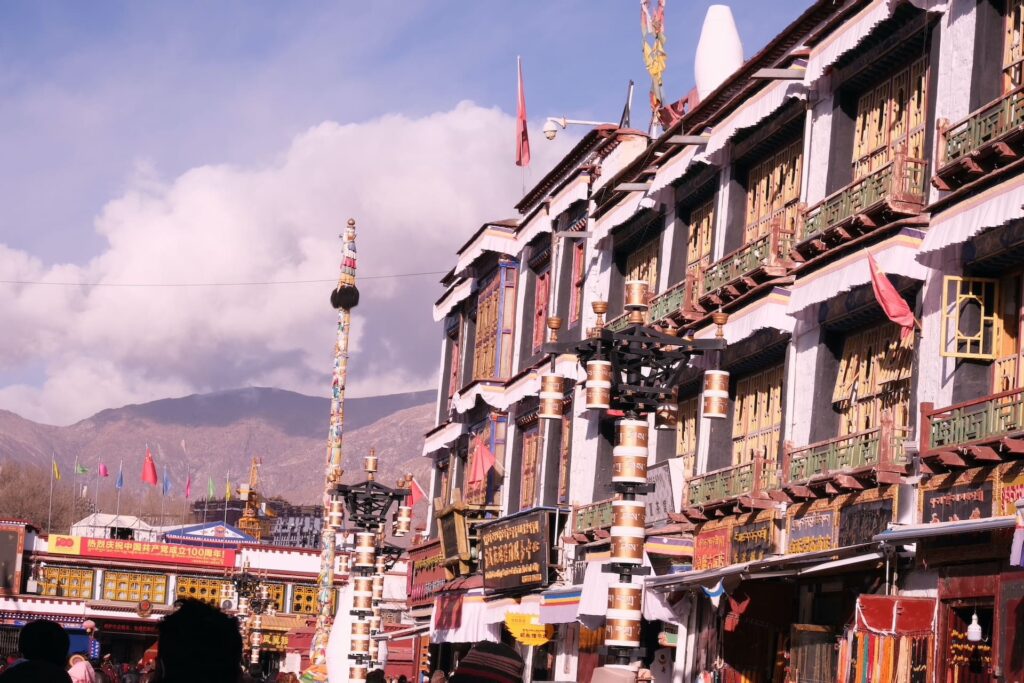
By researching and understanding the different destinations and their significance, travelers can create a well-rounded itinerary that includes their desired highlights. It is also important to consider the travel season and weather conditions when planning the trip to ensure a comfortable and enjoyable experience.
One crucial aspect of preparing for a trip to Tibet is understanding and preparing for the high altitude. Most areas in Tibet are located at high altitudes, and travelers may experience symptoms of altitude sickness. It is recommended to acclimatize slowly upon arrival, stay hydrated, and avoid strenuous physical activities in the first few days. It may be helpful to consult with a healthcare professional before the trip to discuss any concerns or potential preventive measures.
In conclusion, preparing for a trip to Tibet involves obtaining the necessary permits and visas, researching and planning the itinerary, and understanding and preparing for the high-altitude challenges. By taking these factors into consideration, travelers can ensure a safe and memorable experience in this unique and breathtaking destination.
Tibetan cultural highlights
Tibet is a region known for its rich cultural heritage and unique traditions. Exploring the cultural highlights of Tibet can be a truly enriching experience. One of the most iconic aspects of Tibetan culture is Buddhism, which is deeply ingrained in the daily lives of the Tibetan people. Visiting Tibetan monasteries, such as the famous Potala Palace in Lhasa, can provide a glimpse into the spiritual practices and rituals of Tibetan Buddhism.
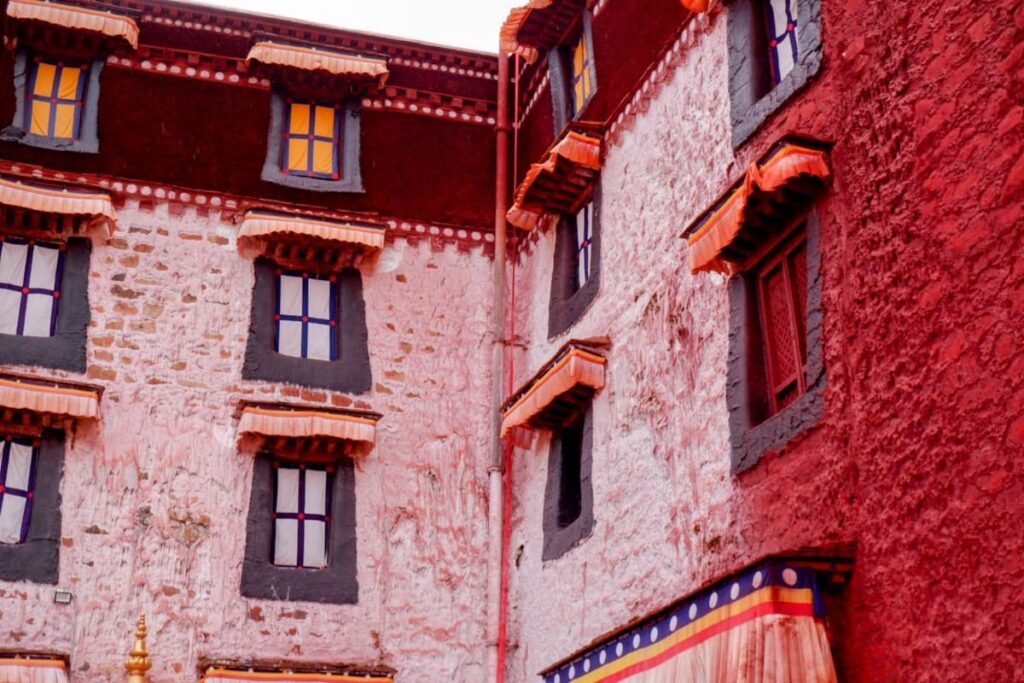
Another cultural highlight of Tibet is its vibrant festivals. Festivals like Losar, the Tibetan New Year, and Saga Dawa, which celebrate the birth, enlightenment, and death of Buddha, are colorful and lively events that showcase the religious and cultural traditions of the region. These festivals often involve music, dance, and elaborate ceremonies, providing visitors with a unique insight into Tibetan culture.
Tibetan art and handicrafts are also important cultural highlights. Tibetan thangka paintings, intricate wood carvings, and delicate Tibetan carpets are just a few examples of exquisite craftsmanship that can be found in Tibet. Visitors can explore local markets and workshops to witness the creation of these beautiful artworks and even purchase souvenirs to take home.
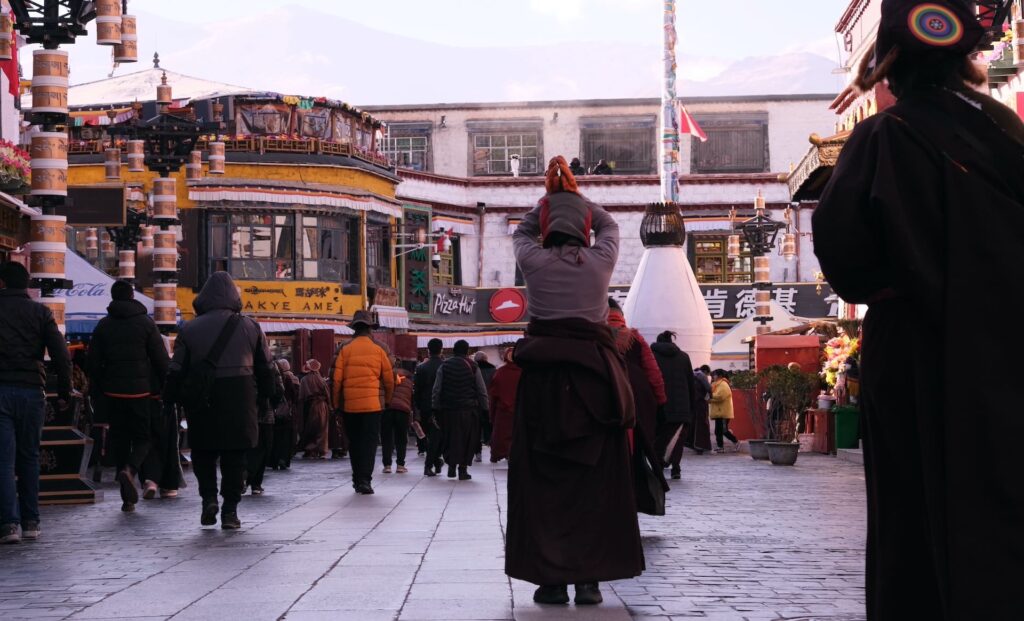
Lastly, the natural beauty of Tibet is a cultural highlight in itself. The breathtaking landscapes, including soaring mountains, crystal-clear lakes, and vast grasslands, have not only shaped the way of life in Tibet but have also inspired its art, poetry, and music. Exploring these natural wonders can provide a deeper understanding of the connection between Tibetan culture and its environment.
In conclusion, exploring the cultural highlights of Tibet offers a unique and immersive experience. From its deeply-rooted Buddhist traditions to its vibrant festivals and stunning art and craftsmanship, Tibet has a wealth of cultural treasures waiting to be discovered.
Explore Tibet’s natural beauty
Tibet offers a diverse range of landscapes that will leave you in awe. One of the highlights of exploring Tibet’s natural beauty is visiting Mount Everest, the highest peak in the world. Standing at the base of this majestic mountain and taking in the awe-inspiring view is a truly humbling experience.
Another must-see natural wonder in Tibet is Lake Yamdrok, known for its crystal-clear turquoise waters surrounded by snow-capped mountains. The tranquil atmosphere of the lake and the surrounding landscape make it a perfect spot for relaxation and reflection.

Tibet is also home to numerous national parks and nature reserves, such as the Namtso Nature Reserve and the Yarlung Tsangpo Grand Canyon. These protected areas offer opportunities for hiking, wildlife spotting, and immersing oneself in the untouched beauty of nature.
In addition to its stunning landscapes, Tibet is also rich in biodiversity, with a wide variety of plant and animal species. Exploring the flora and fauna of Tibet can be a rewarding experience, as you may encounter rare and endangered species such as the Tibetan antelope or the Tibetan snowcock.
Overall, discovering the natural beauty of Tibet is an adventure that will leave you with memories to last a lifetime. Whether you’re a nature lover, a photography enthusiast, or simply someone seeking tranquility and inspiration, Tibet’s natural wonders are sure to captivate and inspire you.
Interacting with the local Tibetan communities
Interacting with the local Tibetan communities can be a rewarding and enriching experience. It is important to approach these interactions with respect and an open mind, as Tibetan culture is unique and deeply rooted in tradition. Here are a few tips for engaging with the local Tibetan communities:
1. Learn about their culture: Before visiting a Tibetan community, take the time to learn about their customs, traditions, and religious beliefs. This will help you understand and appreciate their way of life.
2. Show respect: When interacting with locals, it is important to show respect for their customs and traditions. This includes being mindful of dress codes, behaving in a polite manner, and refraining from any behavior that may be offensive or disrespectful.
3. Participate in local activities: Engage in activities that are important to the local Tibetan community. This could include attending religious ceremonies, festivals, or cultural events. Participating in these activities shows your interest and respect for their traditions.
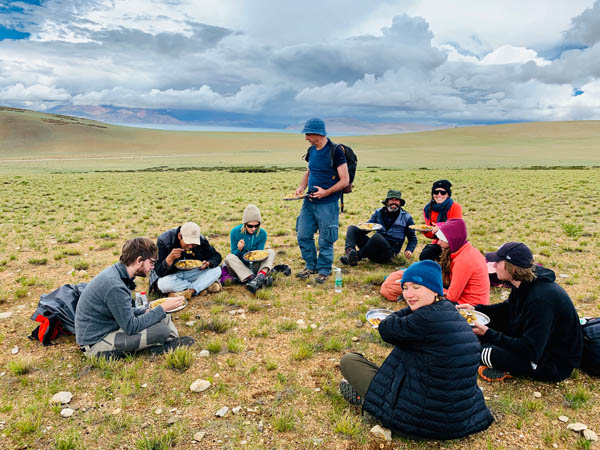
4. Support local businesses: When purchasing goods or services, try to support local businesses and artisans. This helps to sustain the local economy and preserve traditional craftsmanship.
5. Be open to learning: Interacting with the local Tibetan communities provides an opportunity for cultural exchange. Be open to learning from the locals, listening to their stories, and asking questions respectfully.
By approaching interactions with respect, curiosity, and an open mind, you can have meaningful and authentic experiences with the local Tibetan communities. These interactions can deepen your understanding of their culture and foster connections that can last a lifetime.
Conclusion
Tibet truly stands out as a unique and beautiful travel destination. With its stunning landscapes, vibrant cultural heritage, and warm hospitality, it offers a one-of-a-kind experience for travelers. From the majestic peaks of the Himalayas to the tranquil lakes and lush valleys, Tibet’s natural beauty is simply awe-inspiring. Its rich cultural heritage, with its ancient monasteries, colorful festivals, and spiritual traditions, offers a glimpse into a world that is both fascinating and deeply meaningful.

By visiting Tibet, travelers have the opportunity to immerse themselves in this enchanting land, learn from its people, and create memories that will last a lifetime. So, if you are seeking an extraordinary travel experience, don’t miss the chance to explore and experience the unique offerings of Tibet. It is a journey that will leave you with a newfound appreciation for the wonders of this world.
